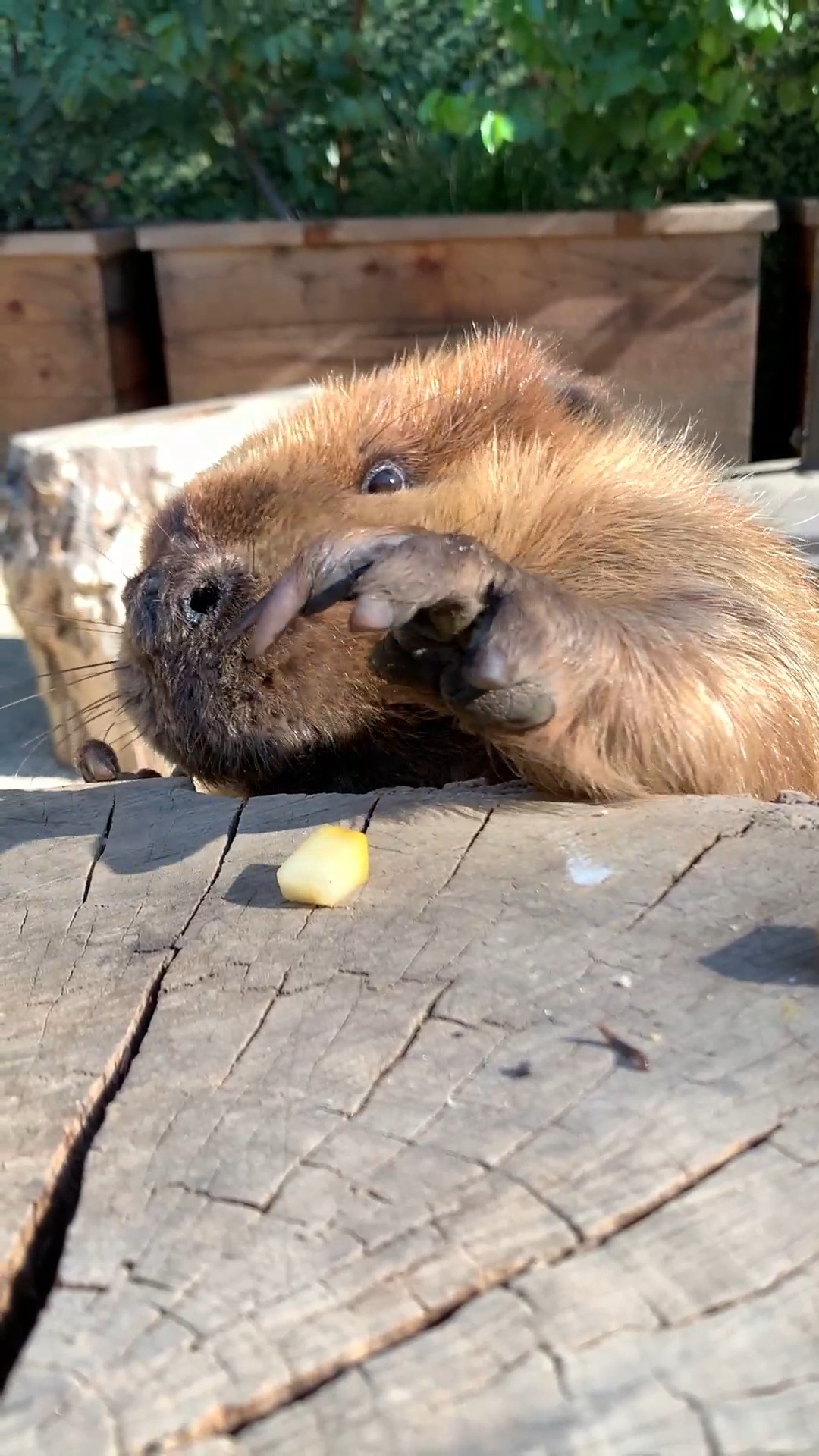- Exploring the charming traits and behaviors of Peanut, the sneakiest snacker.
- Understanding the significance of enrichment and behavioral studies in zoo management.
- Delving into the role of social media in wildlife conservation and public engagement.
- Examining the ecological importance of peanuts in wildlife diets and environments.
- Discussing the broader impact of humor and relatability in conservation storytelling.
Peanut, the sneaky snacker in question, is more than just a playful anecdote from a zoo’s Instagram account. The cheeky antics serving as a character study allow us to explore important aspects of animal behavior, zoo management, and wildlife conservation.
Peanut’s behavior highlights the fascinating cognitive and behavioral traits exhibited by animals often overlooked by zoo visitors. Observational studies have provided valuable insights into how animals like Peanut engage with their environments and caretakers. These interactions are a crucial part of modern zoo management aimed at animal welfare. Understanding natural instincts and behavioral needs is vital. Enrichment activities play a significant role in maintaining physical and mental health, mimicking challenges animals face in the wild. This is not just about providing a varied diet but also stimulating problem-solving skills and natural behaviors. In Peanut’s case, the joy derived from procuring snacks can mimic the foraging behaviors essential in the wild.
Behavioral studies in controlled environments allow researchers to gather data that can inform wider conservation efforts. By analyzing behavioral patterns, researchers can develop targeted strategies to conserve endangered species, applying knowledge gained from charismatic individuals like Peanut. This research is crucial in reintroduction programs, where understanding the social structures and environmental needs of animals ensures successful reintegration into their natural habitats.
The integration of social media in zoo management and wildlife education is another dimension that Peanut’s story underscores. By sharing Peanut’s antics online, zoos can reach a broader audience, raising awareness about the species they house and encouraging interest in conservation. Social media platforms facilitate interactive education, providing a space for followers to engage with content and deepen their understanding of animal care practices. These platforms also allow zoos to share important conservation messages in relatable ways. Creating characters out of animals, like Peanut, helps humanize conservation stories and makes them more relatable to the public. Public interest and involvement are crucial for fostering a supportive community for conservation efforts.
Peanuts, as a staple in many animal diets, play an essential role ecologically. They offer a rich source of protein and fats necessary for the growth and survival of various species. The ecological relationships involving peanuts extend beyond just their nutritional benefits; they play a part in the interactions between species and their environments. Understanding these relationships aids conservationists in creating balanced diets that replicate natural feeding behaviors and maintain health. The growth habits of peanuts also contribute to soil health, supporting a diverse ecosystem and benefiting the larger environmental conservation context.
The humor and relatability injected into Peanut’s story create powerful tools in conservation storytelling. Engaging narratives are instrumental in drawing attention to critical conservation issues and expanding public interest in zoological institutions’ efforts. Through humor, complex issues become more accessible, encouraging individuals to take an active interest in learning and participating in wildlife conservation initiatives. This approach aligns with global movements to educate and empower citizens to make meaningful contributions to environmental stewardship.
In exploring the charming traits of Peanut and the broader implications, one can appreciate the multifaceted approach required in modern zoo management and conservation efforts. It highlights the critical role of behavioral studies, the power of modern communication tools, and the potential of effective storytelling in engaging the public in conservation efforts. Through humor, education, and science, Peanut becomes more than just an animal; Peanut becomes a symbol of the intersection between entertainment, education, and the ultimate goal of conservation.
*****
Source Description
And the sneakiest snacker award goes to…Peanut 🏆

